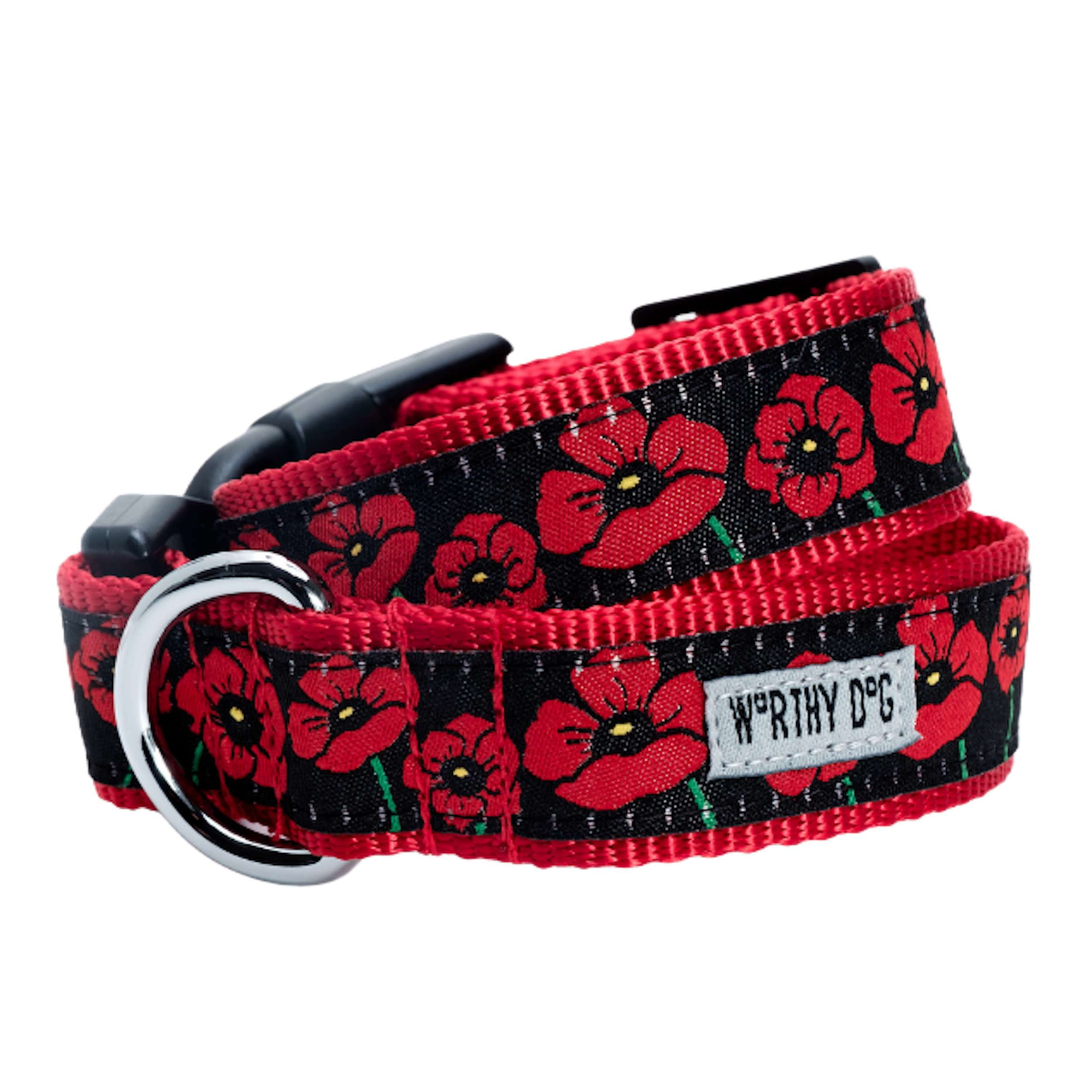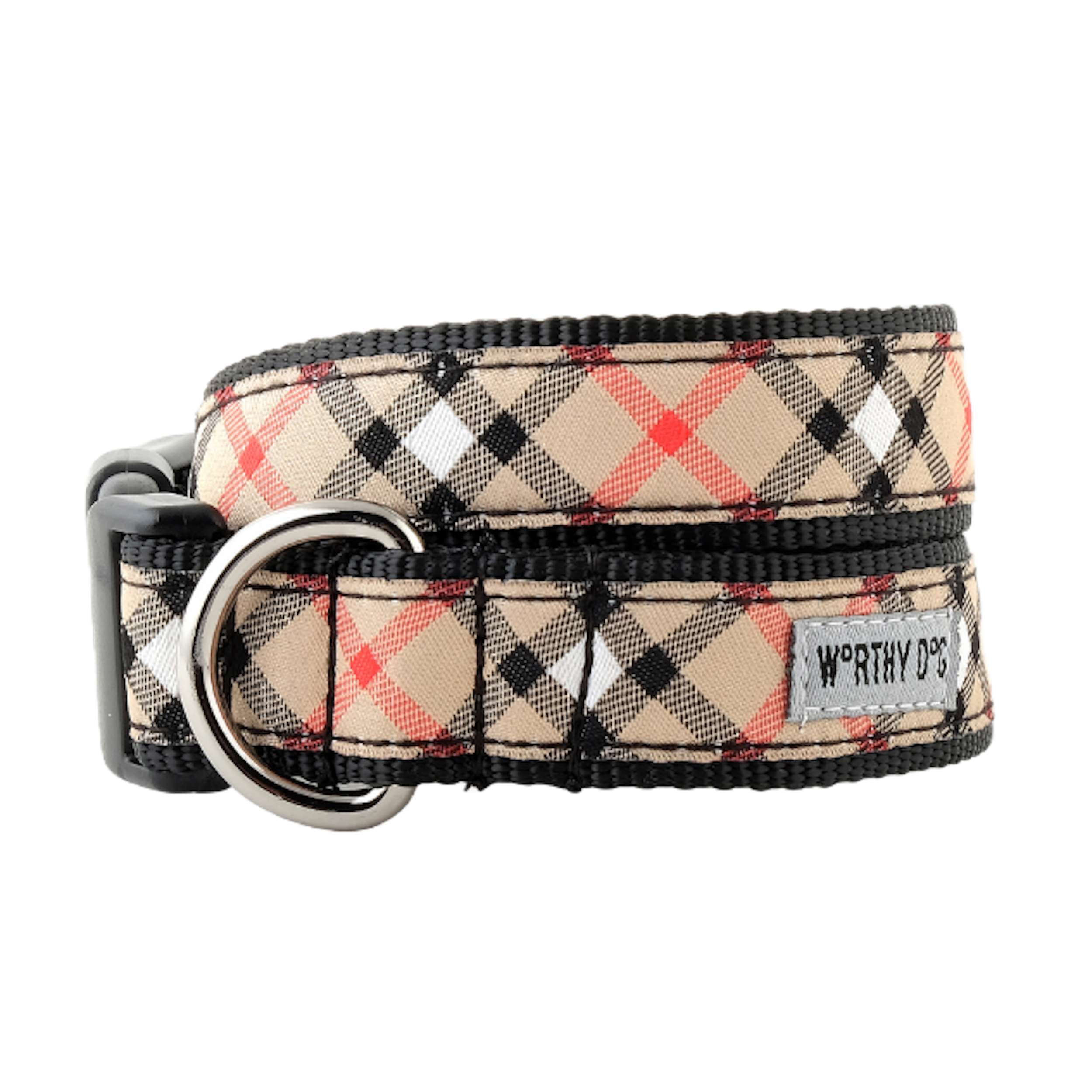Decoding Dog Speak: Understanding How Dogs Communicate
Dogs are known for their ability to communicate with humans and other animals, but their methods of communication are often misunderstood. In this post, we'll explore how dogs communicate with each other and with us, helping you better understand your furry friend's behavior and needs.
Body Language: One of the primary ways dogs communicate is through body language. They use their ears, tail, posture, and facial expressions to convey a wide range of emotions. For example, a wagging tail can indicate happiness, while a tucked tail can signal fear or submission.
Vocalizations: Dogs use a variety of vocalizations to communicate, including barks, growls, whines, and howls. Each vocalization has its own meaning, such as a playful bark or a warning growl. Pay attention to the context in which these vocalizations occur to better understand what your dog is trying to communicate.
Eye Contact: Eye contact is another important form of communication for dogs. A direct stare can be seen as a challenge or a threat, while a soft gaze can indicate affection or submission. Understanding your dog's eye contact can help you interpret their mood and intentions.
Scent Marking: Dogs use scent marking to communicate with other dogs and mark their territory. They have scent glands in their paws and anal area, which they use to leave scent markers on objects and surfaces. This behavior is a way for dogs to communicate their presence and status to other dogs.
Posture and Movement: Dogs use their body posture and movement to communicate a variety of messages. A dog that is standing tall with ears forward and tail raised is likely alert and confident, while a dog that is crouching with ears back and tail tucked is likely fearful or submissive.
Social Signals: Dogs use a variety of social signals to communicate with each other and with humans. These signals include play bows, where a dog lowers its front end while keeping its rear end raised, which is a sign of playfulness and an invitation to play.
Understanding Context: It's important to consider the context in which your dog is communicating. For example, a bark at the door may be a warning to an approaching stranger, while the same bark during play may indicate excitement.
Individual Differences: Just like humans, dogs have their own unique ways of communicating. Some dogs may be more vocal or expressive, while others may be more subtle. Pay attention to your dog's individual communication style to better understand their needs and emotions.
Understanding how dogs communicate can help strengthen the bond between you and your furry friend. By paying attention to their body language, vocalizations, eye contact, scent marking, posture, and social signals, you can better understand their needs, emotions, and intentions, leading to a happier and more harmonious relationship.
Explore more
- 4th of July
- accessories
- ACL
- active
- adopt
- adoption
- age
- aggression
- agility
- air
- algae
- australian
- baby
- bandanas
- bath
- behavior
- blue
- blue green algae
- bonding
- boundaries
- bows
- breeds
- cage
- care
- cattle
- celebration
- chew proof
- christmas
- christmas morning
- clothing
- coat
- collar
- colorado
- communication
- companion
- costume
- crate
- cruciate
- cute
- decor
- designer
- destinations
- dinner
- disease
- dog
- dog walks
- dog-friendly
- dogs
- dress-up
- dresses
- durable
- easy
- eat
- eating
- emotions
- excitement
- exercise
- family
- fashion
- festive
- fever
- fireworks
- fitness
- food
- fruits
- fun
- furniture
- geriatric
- gifts
- green
- grooming
- grooming supplies
- happy
- harness
- hats
- healing
- health
- help
- herding
- hiking
- holiday
- holidays
- homemade
- how to
- illness
- images
- independence day
- injury
- intelligent
- kennel
- lake
- language
- leash
- leather
- ligament
- listen
- love
- low
- maintenance
- marijuana
- martingale
- measuring your dog
- merry
- mountain
- myths
- needs
- new
- new year's resolution
- new years
- newborn
- no-pull collar
- no-pull harness
- no-slip collar
- nylon
- obedience
- old
- organic
- outdoors
- parents
- peanut butter
- pet
- photography
- photos
- pics
- plane
- play
- pond
- pool
- pot
- potty
- pregnant
- presents
- professional
- pulling
- puppy
- reactive
- recovery
- reward
- rocky
- running
- safe
- safe foods
- safe to eat
- safety
- santa
- senior
- shirts
- size
- sizing
- small
- special
- spotted
- style
- summer
- surgery
- swimming
- swimming pool
- tail
- tails
- talk
- thanksgiving
- tick
- toys
- training
- travel
- treatment
- treats
- tree
- tricks
- tugging
- turkey
- unconditional
- understanding
- vacation
- vegetables
- wag
- wagging
- walking
- walks
- warm
- water
- wilderness
- wildlife
- winter
- xylitol























Leave a comment